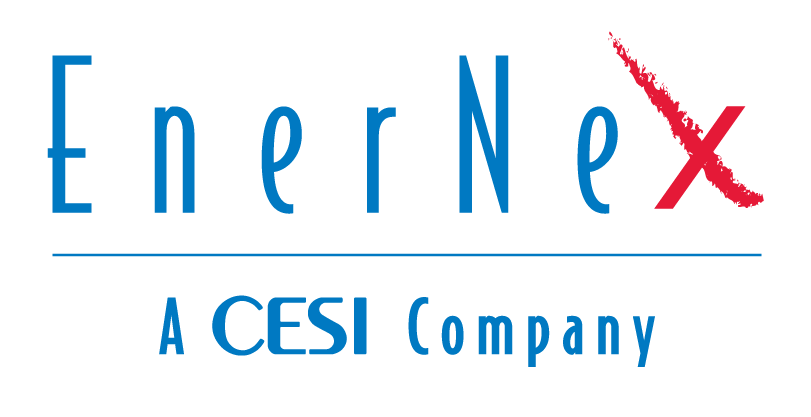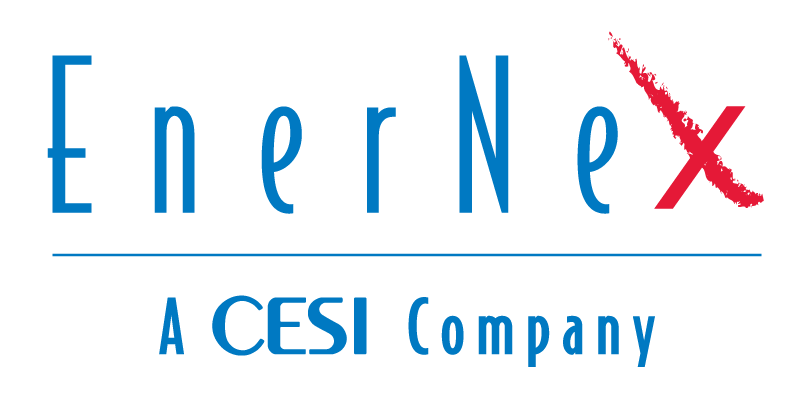A Resiliency Framework for Distribution Systems

Aaron Snyder
Director of Grid Technology Consulting
aaron@enernex.com
![]() 865-218-4600 x6147
865-218-4600 x6147
 Neil Placer
Neil Placer
Director of Utility Services Consulting
nplacer@enernex.com
865-218-460![]() 0 x8101
0 x8101
Originally published in the IEEE Smart Grid Newsletter | September 2018 issue
Resiliency is an important topic that is growing in relevance, both in a traditional sense (i.e., being prepared to survive storm events), but also in terms of a utilities’ capability to be prepared for the utility landscape of the future (i.e., grid modernization). The quest for greater utility resiliency is therefore an on-going pursuit that continuously takes shape over time.
To help synthesize various concepts of resiliency within the context of an evolving utility marketplace, EnerNex has categorized resiliency into a three-part, time-based framework:
1. Managing Resiliency (before) – Focuses on a utility’s foundational plan to strengthen their distribution system in advance of resiliency concerns
2. Maintaining Resiliency (now) – Focuses on a utility’s capability to keep the distribution system in an operational state
3. Modernizing Resiliency (future) – Focuses on a utility’s strategic implementation of grid modernization to be more flexible and adaptive to future grid technology integration and business markets
For the first point, there are several steps that can be proactively taken to strengthen a utility’s base resiliency by focusing on distribution system planning and design, including:
• Improve Design and Construction Standards
• Reinforce Overhead Distribution
• Undergrounding
To expand along one point, Undergrounding, of all the system “hardening” techniques, can initially appear to be the most obvious solution to increase resiliency. Although undergrounding the distribution system should reduce outage frequency, when outages affecting the underground portions of a system occur, restoration times can often increase, due to the complexity of the system and the difficulty accessing equipment or cables (especially when flooding exists). However, the primary reason that undergrounding is not a “silver bullet” is because it is cost prohibitive, leading to a pragmatic, selective application of this technique where the following are good candidates:
• The worst performing circuits, or section(s) of a circuit
• Determination of what sections to underground based on number of customers
• Portions of circuit(s) that are the most difficult to access (restoration time is related to accessibility)
Maintaining Resiliency focuses on the utility’s capacity to keep the distribution system in an operational state, with maintenance having become a central utility activity significantly impacting both customer reliability and the utility bottom line. Five types of maintenance can be considered:
• Corrective (Reactive) Maintenance
• Preventive Maintenance
• Condition-based (Predictive) Maintenance (CBM)
• Reliability-centered Maintenance (RCM)
• Performance-focused Maintenance
For the latter, Performance-focused Maintenance (PFM) is a full-spectrum maintenance philosophy that broadly covers various facets of maintenance including technical, financial, business, customer, and regulatory aspects. PFM does not require the replacement of an existing maintenance strategy (e.g., RCM, CBM) and can be comprehensively applied (e.g., in-depth maintenance approach analysis) or implemented in a specialized manner (e.g., correction of a specific maintenance issue). This holistic approach is taken to overcome some of the existing shortcomings of maintenance approaches, such as cost without considering value and short-term equipment issues vs. long-term corporate planning, to name a few.
Finally, Modernizing Resiliency focuses on a utility’s strategic implementation of grid modernization to be more flexible and adaptive to future grid technology integration and business markets. A progression toward a more comprehensive and holistic future and view of resiliency can be considered through three stages of evolution:
1. Operational Technology (OT)
2. Information Technology (IT) and OT convergence
3. Energy market convergence
For the second, IT/OT convergence begins to take a form that simultaneously helps to strengthen vulnerabilities from both and operational and data management perspective to create a more robust and integrated grid. A natural result of this convergence is the deployment of grid systems which function to control or aggregate other existing grid systems. Some examples of aggregating grid systems include Advanced Distribution Management Systems (ADMS), Distributed Energy Resource Management Systems (DERMS), and Demand Response Management Systems (DRMS).
This framework is intended to serve as a useful resource for grid practitioners that are seeking strategic assistance with actionable checklist items and one that concurrently aligns with evolving grid modernization efforts. The three resiliency categories progressively increase from foundational topics to more forward-leaning initiatives. This time-based progression enables utilities to assess where they fall on the resiliency continuum and steps they can take to advance along this resiliency pathway.
Edited by Panos Moutis


